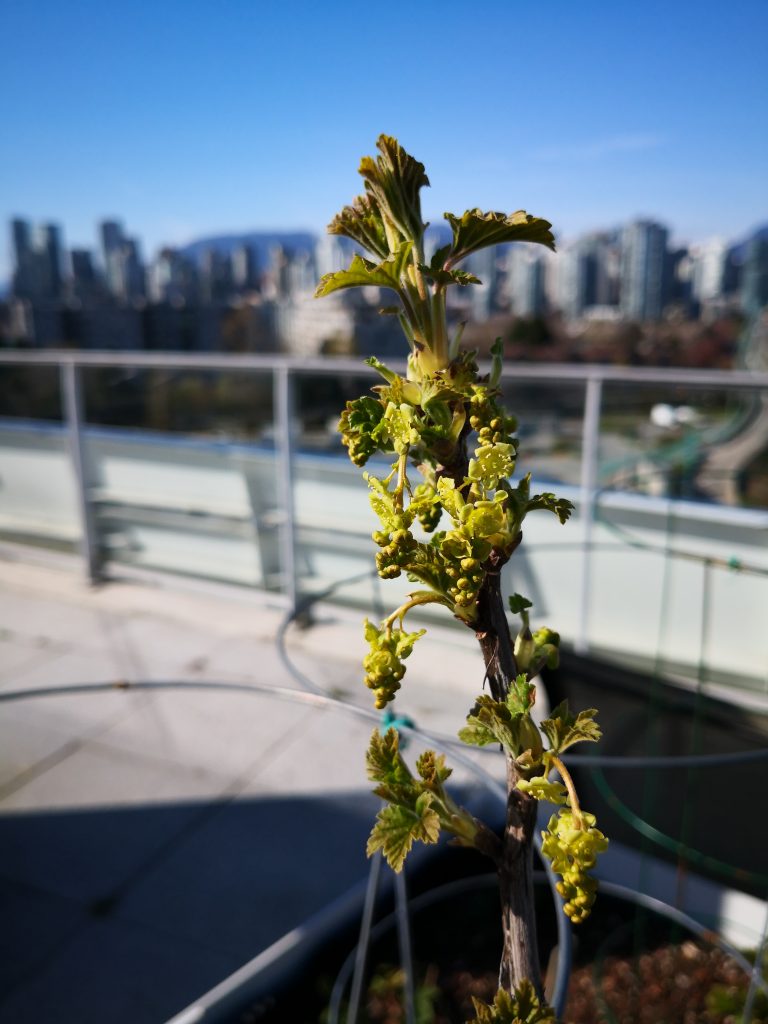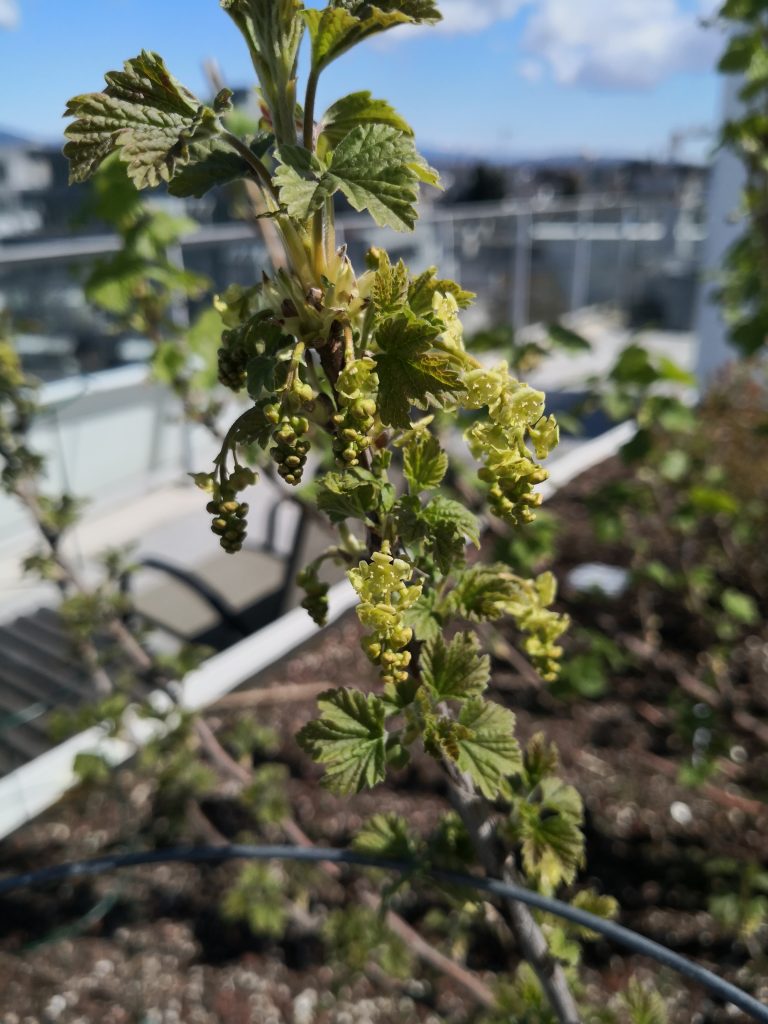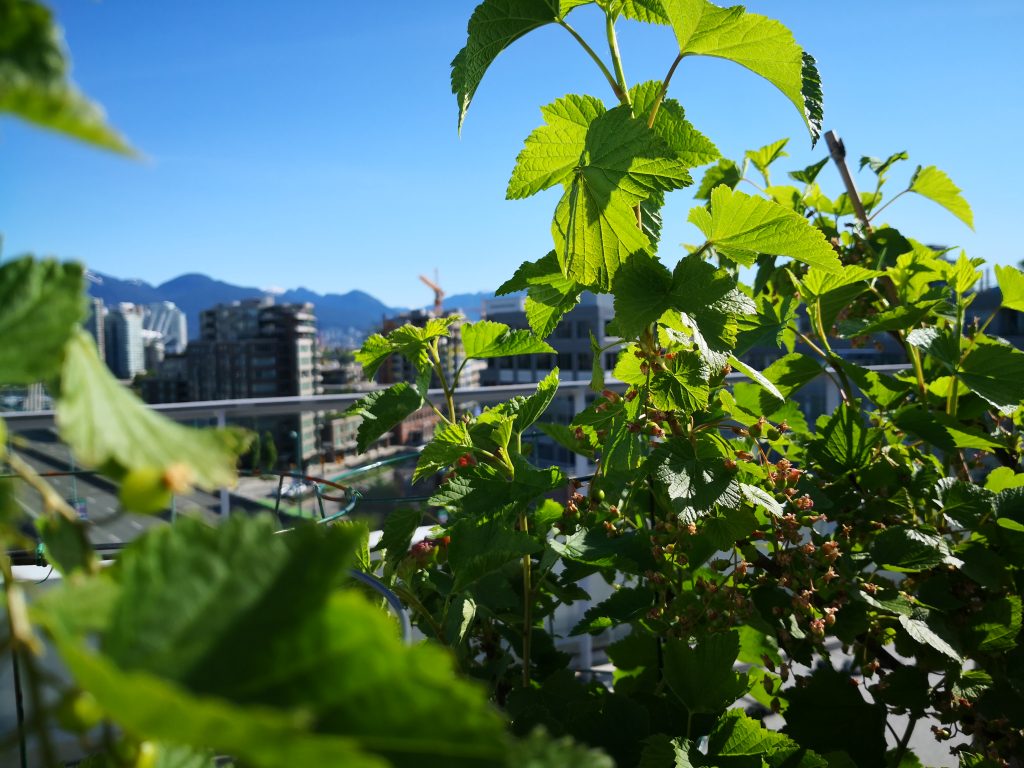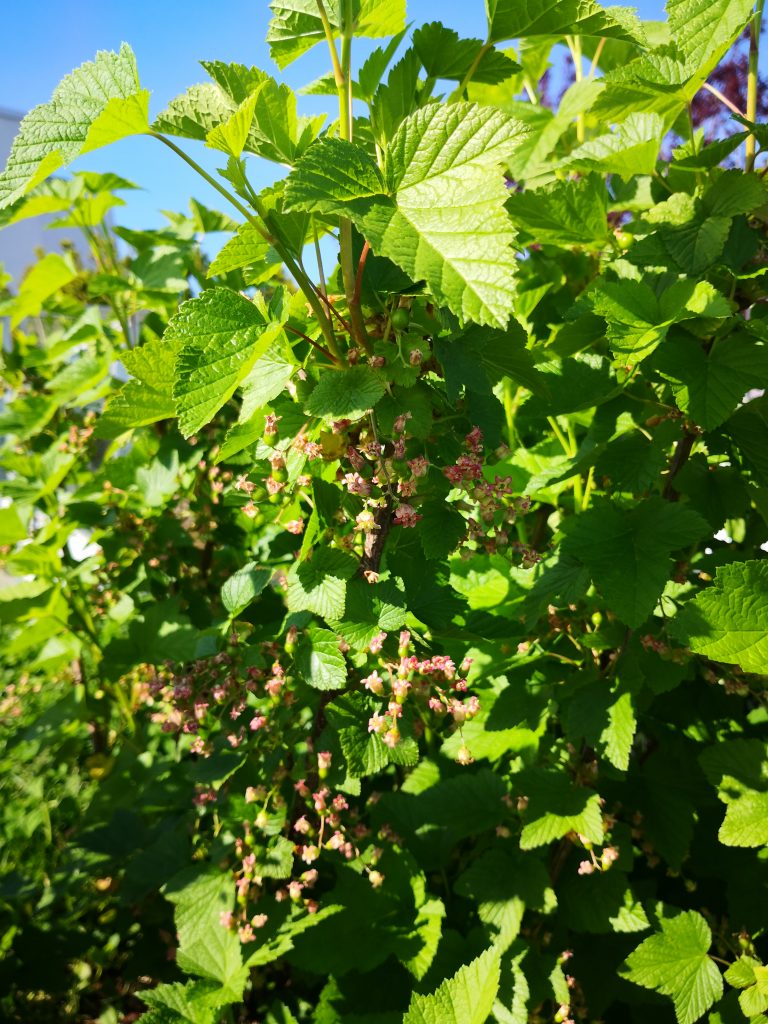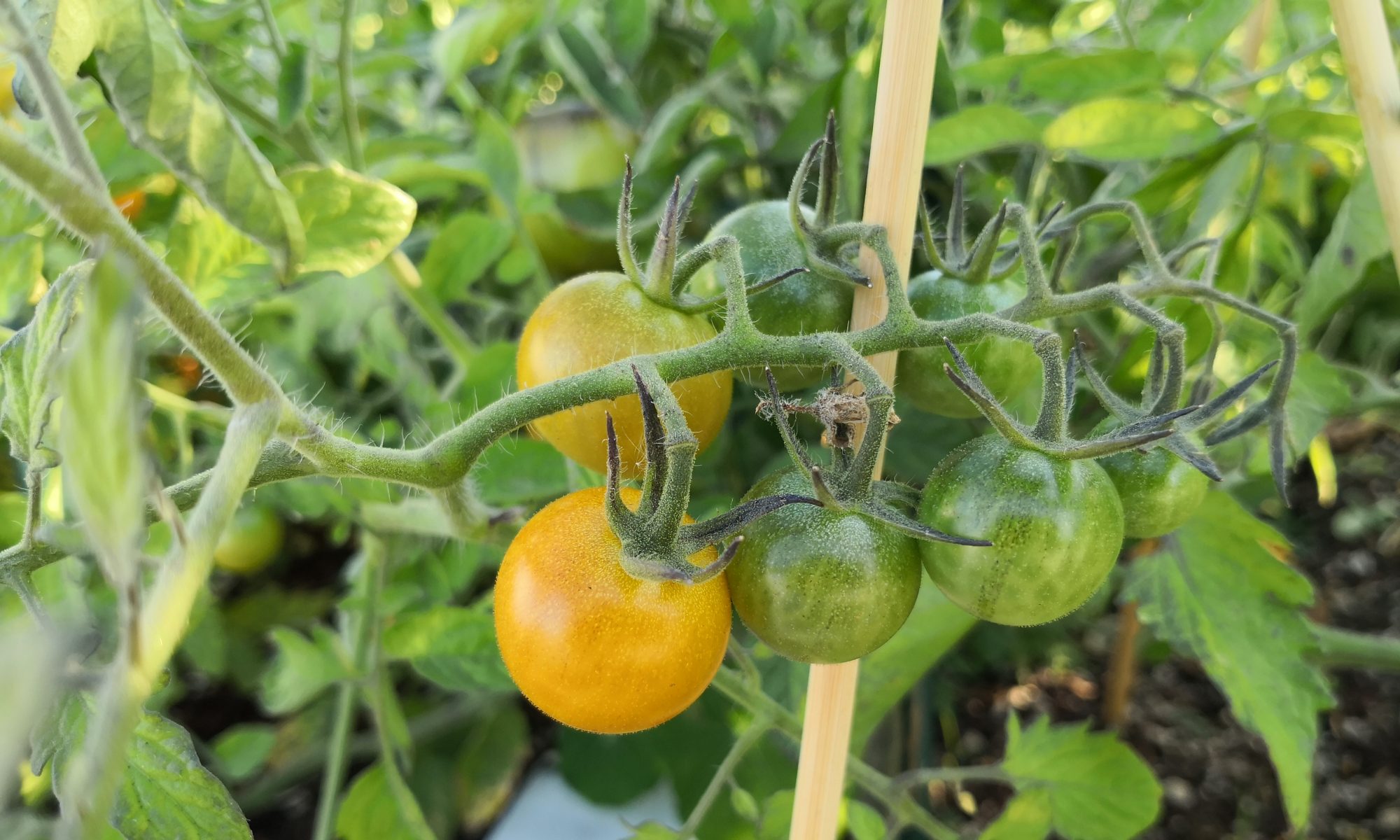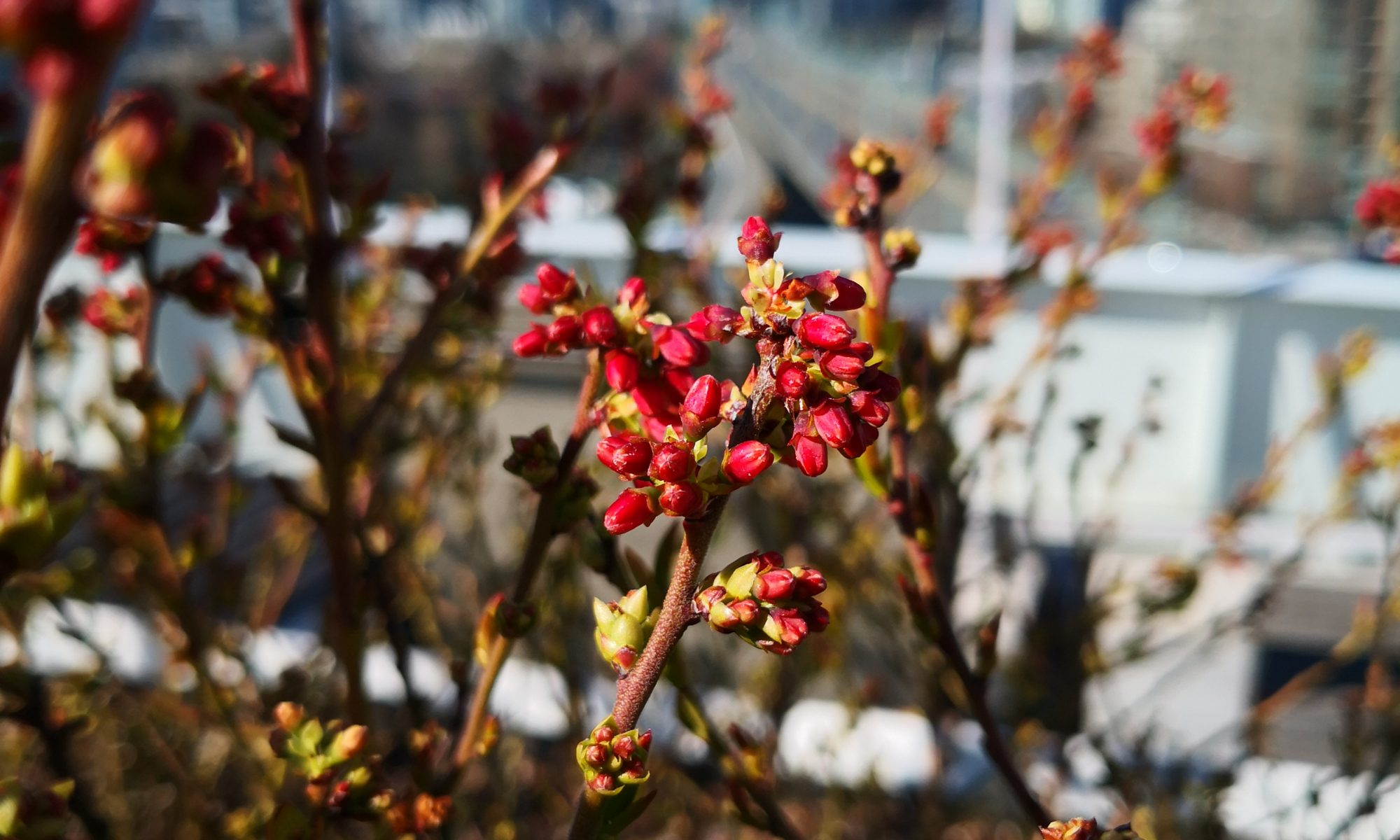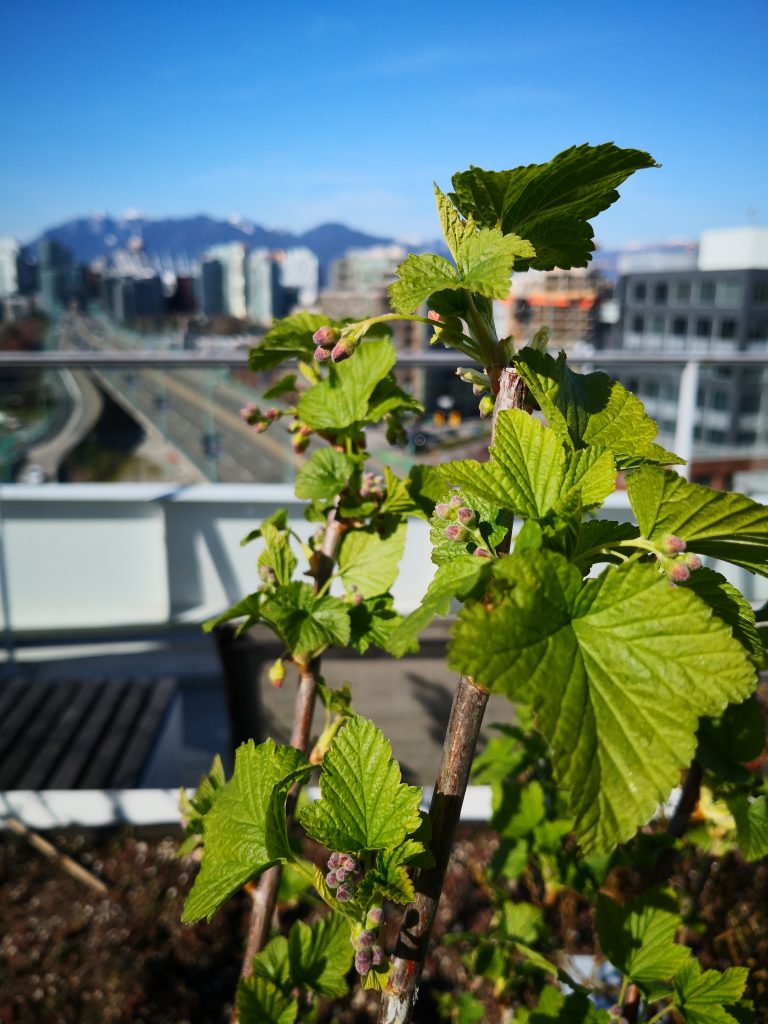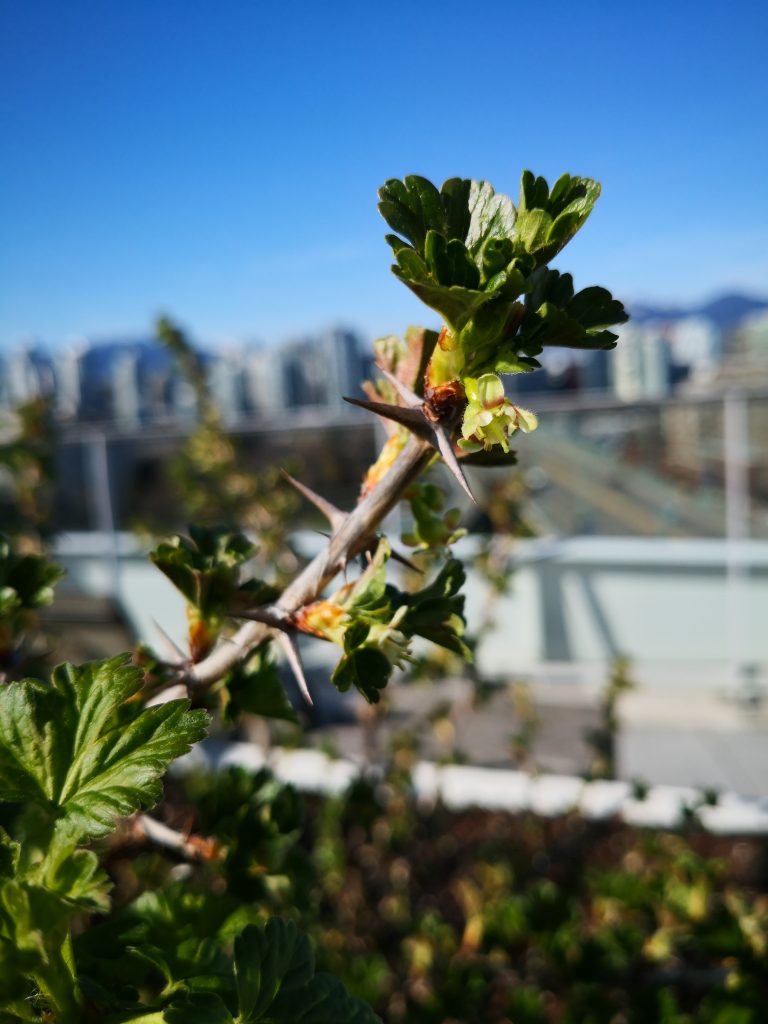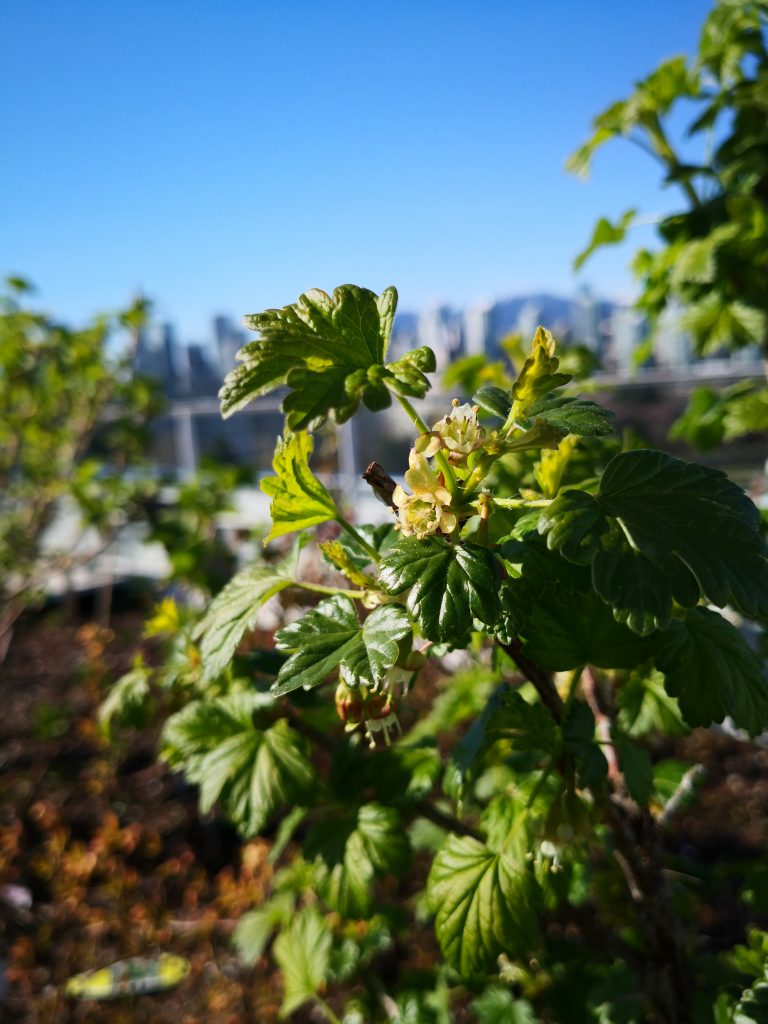Buy Bright Creations mason bee tubes – US
Buy Milliard mason bee tubes – Canada
Just like that we’re (hopefully) through the worst of winter here in the Pacific Northwest. We’re into March in a month, which means it’s time to ready your bee homes, and the residents they’ll house.
While there aren’t any blooms out at this point, other than a handful of crocus’ providing a splash of colour, the various berry bushes have produced buds, with the gooseberries showing the first hint of leaves. It won’t be long now, and previous years have taught me that without the mason bees, we’ll be lucky to get fruit from the gooseberries, blueberries and currants.
My chief learnings from the last year would be the following, along with mitigation ideas for this time around.
- Angle the bee houses slightly forward. Last year, despite facing the tube openings eastward there were a few days with heavy wind and rain that saw moisture enter the bee home. This year I’ll be tethering the homes more securely to their anchors to prevent even the slightest shifting in wind, and I’ll be angling them slightly forward so that any liquid that enters has a natural path out.
- Reconsider wooden bee houses. My wooden houses are in rough shape after only two seasons. This year I’m thinking of trying to repurpose something like plastic milk jugs or 2L soda bottles to form the shell of the bee home. Benefits I’m hoping for are that it allows reuse of an existing material, is impermeable to water, can be cut to the necessary dimensions including an overhang to limit water ingress, and won’t break down under the stresses of Vancouver weather. The test will be securing the bee tubes side the slick plastic shell.
Finally, if you’re looking for a source of good quality, well-priced mason bee tubes here are the ones I’m testing this year. I’ll be comparing them to the drilled bamboo tubes I used last year.
Buy Bright Creations mason bee tubes – US
Buy Milliard mason bee tubes – Canada
There you have it. Good luck!

